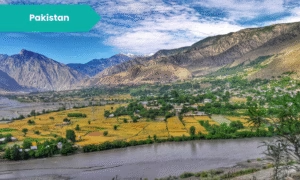
The place where Chitral’s heritage meets mindful travel
By Halaltravelpal | The place where Chitral’s heritage meets mindful travel A hidden gem in northern Pakistan, Villa Ayun combines


The world often feels heavy, and in the shadow of the ongoing suffering of our Palestinian brothers and sisters in Gaza, my wife and I found ourselves searching for a way to contribute, to feel connected to a larger cause. We noted how prominently South Africa stood out in its unwavering support, and a thought sparked between us: “We should go to South Africa.” I hadn’t been to this vibrant nation in nearly 14 years, not since the World Cup days before married life. My previous visits to Cape Town and Johannesburg had left an indelible mark – it was truly an amazing place. With renewed purpose, we booked our flights.
Living in the UK, our seasons are a mirror opposite to the Southern Hemisphere. However, our children’s Christmas break perfectly aligned with South Africa’s summer, making it the ideal time for our family adventure.
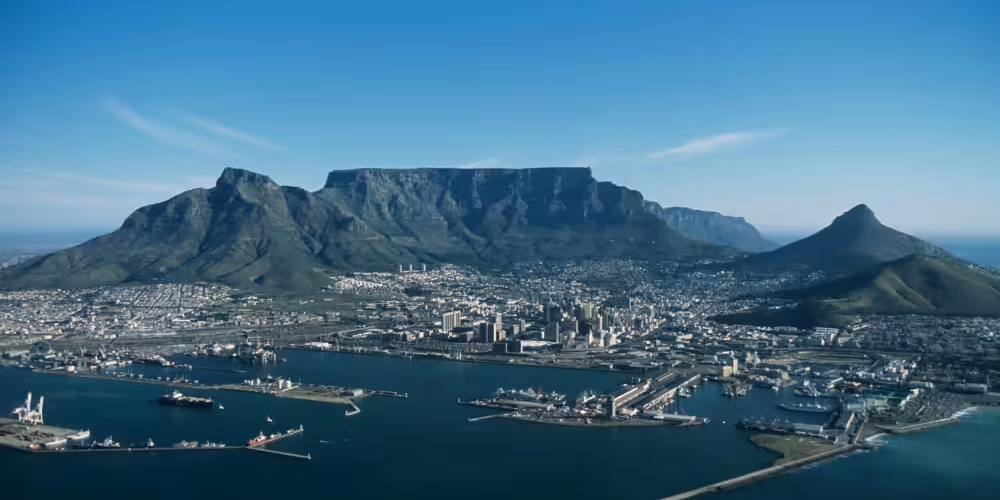
When planning your trip to South Africa, you’ll generally find two main entry points: Johannesburg (O.R. Tambo International Airport)) or Cape Town (Cape Town International Airport). We found it more economical to fly into Johannesburg and then book a separate internal flight. This approach, though adding a bit of time, offered greater flexibility with our itinerary and allowed us to break up the long journey.
We opted for Rwanda Air, enjoying a short stopover in Kigali before landing in Johannesburg late in the evening. The next morning, we hopped on an internal flight to Cape Town. For domestic travel, several low-cost carriers like AirLink and SafAir offer convenient connections.
For our overnight layover in Johannesburg, we stayed at the Southern Sun OR Tambo. Its proximity to the airport and complimentary shuttle service (running every 20 minutes from the bus station to the airport) made it incredibly convenient for a quick and comfortable stopover. Johannesburg has a huge Muslim population with some truly impressive masjids too and an abundance of halal food.


Upon arrival in Cape Town, our first order of business was to pick up our rental car. After some research, we found the best rates with Aroundabout Cars [https://aroundaboutcars.com/]. We ended up with a Renault Triber, which, in hindsight, could have used a bit more power. South Africa’s terrain, with its many inclines and mountainous roads, often calls for a vehicle with more torque.
Our car rental was structured as a one-way trip, picking up in Cape Town and dropping off in Port Elizabeth, where our internal flight back to Johannesburg was scheduled. This made traversing the famous Garden Route significantly easier, despite a small one-way fee of approximately 1500R (£60).
In Cape Town, we chose to base ourselves in the enchanting Bo-Kaap area, historically known as the Malay Quarter or Cape Malay. This vibrant neighbourhood is a true blessing for Muslim travellers, with an abundance of masjids, readily available halal food options, and a general atmosphere of warmth and community. Hearing the Azaan echoing through the streets was a truly inspiring experience.
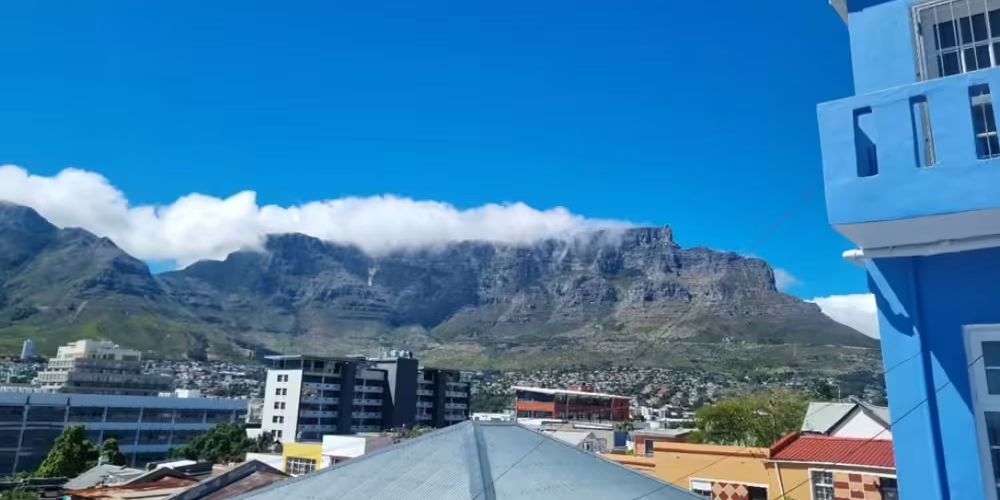
What resonated most deeply with me was the history of the Bo-Kaap. The ancestors of many South African Muslims were slaves and indentured workers brought over from the Dutch East Indies (Indonesia) by the Dutch. Despite centuries of displacement and hardship, they have remained steadfast in their faith. While elements of their culture persist, the language has largely faded. This serves as a powerful lesson for us living in the West, reminding us of the delicate balance parents face when prioritising the promotion of culture versus religion in teaching their children. What I also loved was the love for the oppressed and occupied in Palestine


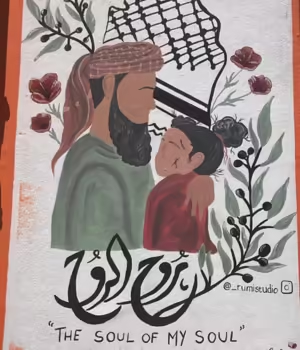
Waking up to the Azaan was their enduring gift to us all. We stayed in a flat next door to Nurul Huda Masjid [Upper Leeuwen Street]and one day, we were privileged to partake in a community gathering with food for a group preparing for Umrah.
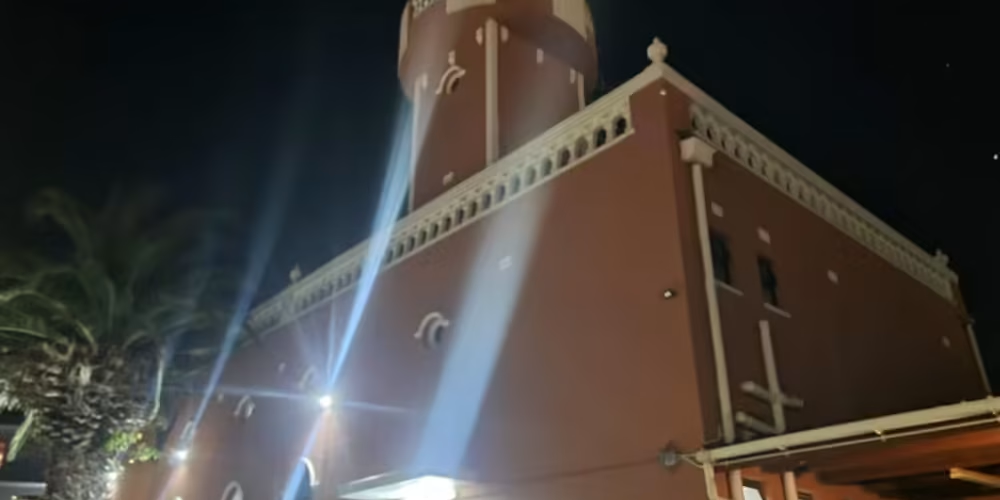
We discovered a gem of a breakfast spot called Bo-Kaap Deli (97 Church St, Bokaap, Cape Town, 8001). The food was flavourful, fresh, and authentically delicious – so much so that we returned two days in a row.
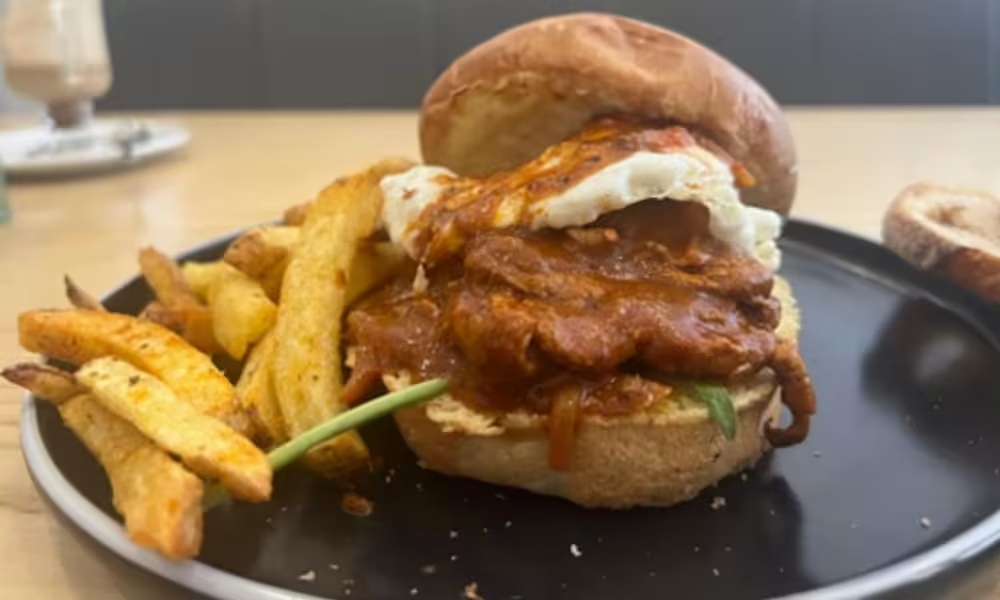
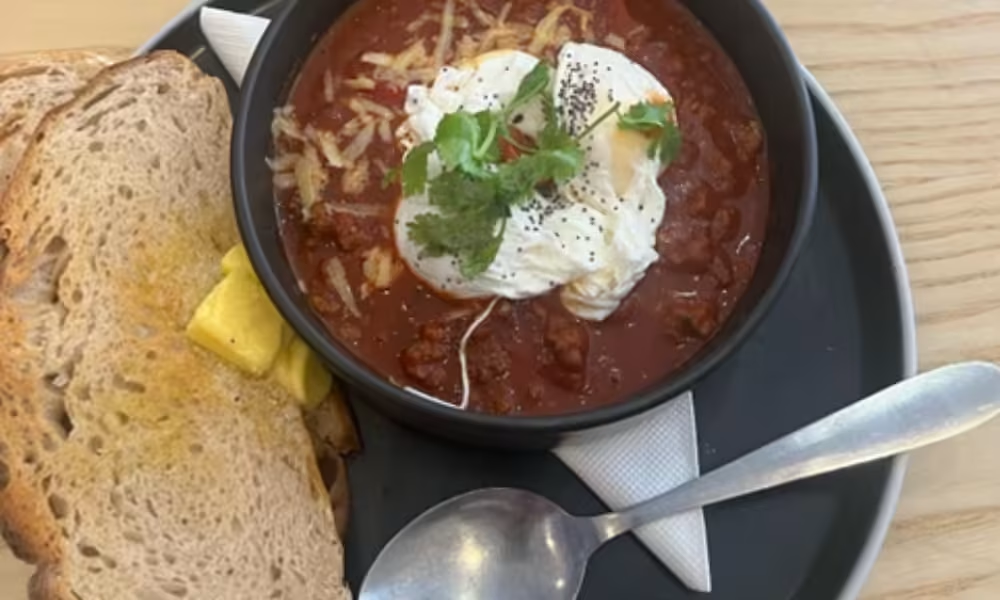
Just around the corner is Masjid Auwal (35 Buitengracht St, Bo-Kaap, Cape Town, 8001), the first masjid of South Africa, housing the very first Qur’an written in the country by Tuan Guru during his imprisonment on Robben Island.
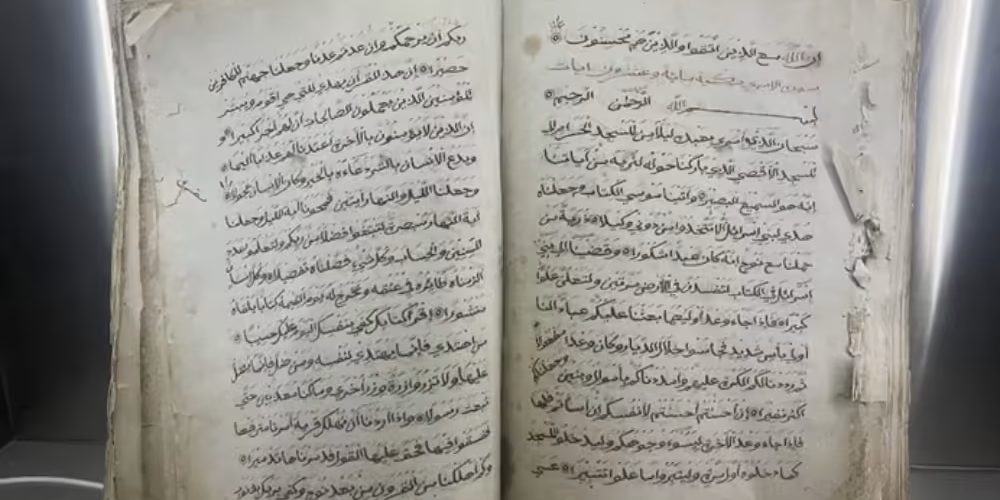
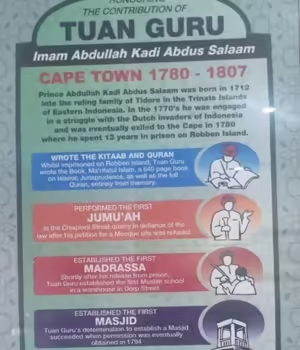

Having a car in South Africa truly allows for unparalleled exploration. On the day we landed, after a quick lunch, we embarked on a breathtaking drive along Chapman’s Peak Drive, all the way to Hout Bay, and beyond towards Simon’s Town and Boulders Beach. Chapman’s Peak Drive consistently ranks among the most scenic drives in the world, and it absolutely lives up to the hype. Cape Town, with its dramatic Table Mountain backdrop, stunning coastline, and delightful weather, is undeniably one of the most scenic cities globally, and these smaller pockets of beauty only enhance its allure.
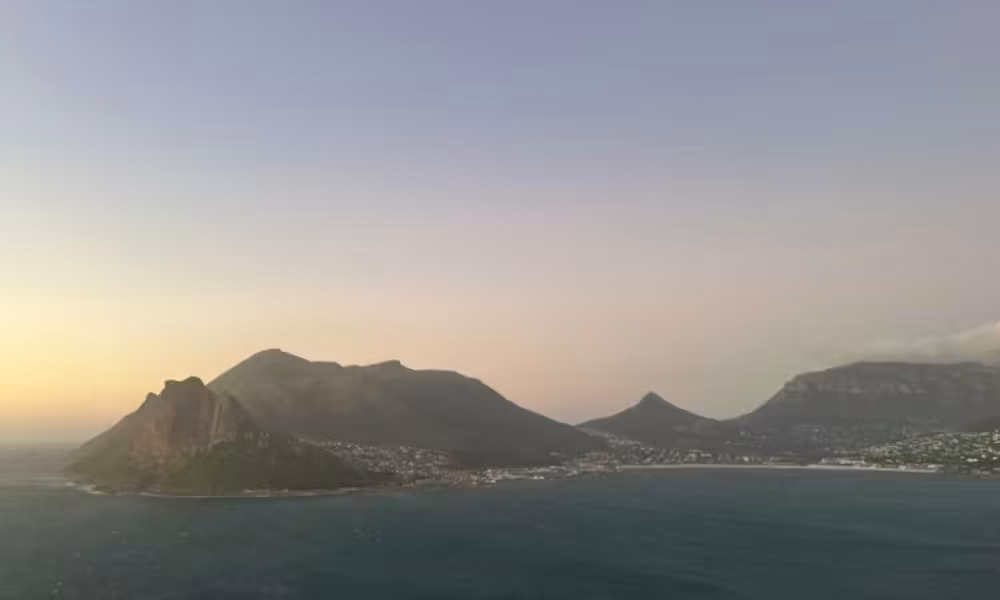
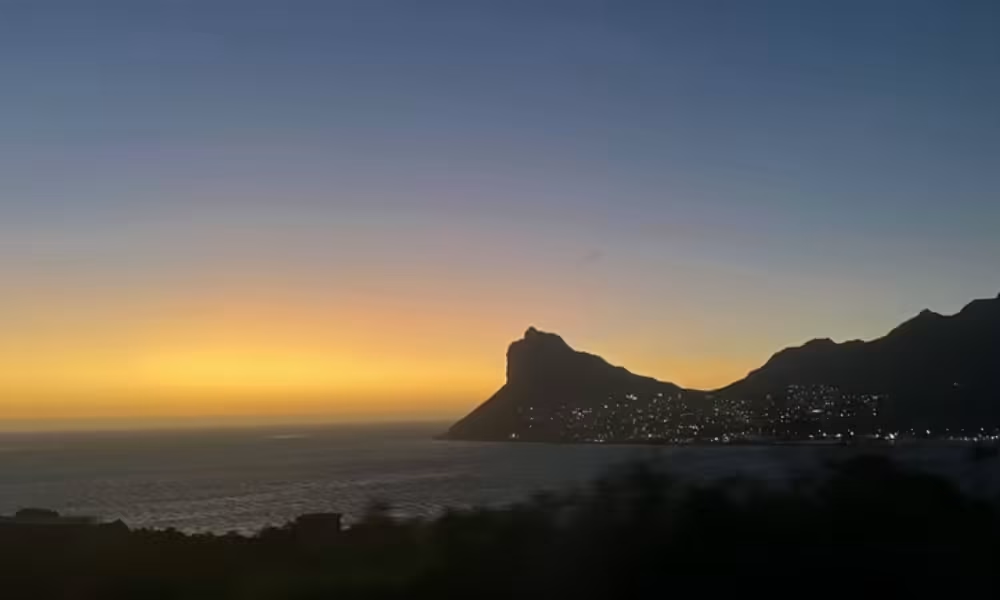
After traversing Chapman’s Peak Drive (which involves a small toll), you can descend to Noordhoek Beach (Noordhoek, Cape Town, 7979), a largely empty expanse featuring the interesting wreck of the Kakapo, a 1900s ship, perfect for a brief stop. A short drive further brings you to Simon’s Town, an old fishing town boasting charming colonial architecture. Don’t miss the fish and chips at Seaforth Restaurant (Seaforth Rd, Simon’s Town, Cape Town, 7975), which we confirmed as halal. Just beyond lies Boulders Beach and its infamous African Penguins – small and adorable, though their smell is quite pungent! This is a fantastic way to spend a few hours, and I highly recommend bringing swimwear for the kids to enjoy a dip in the beach on the other side.
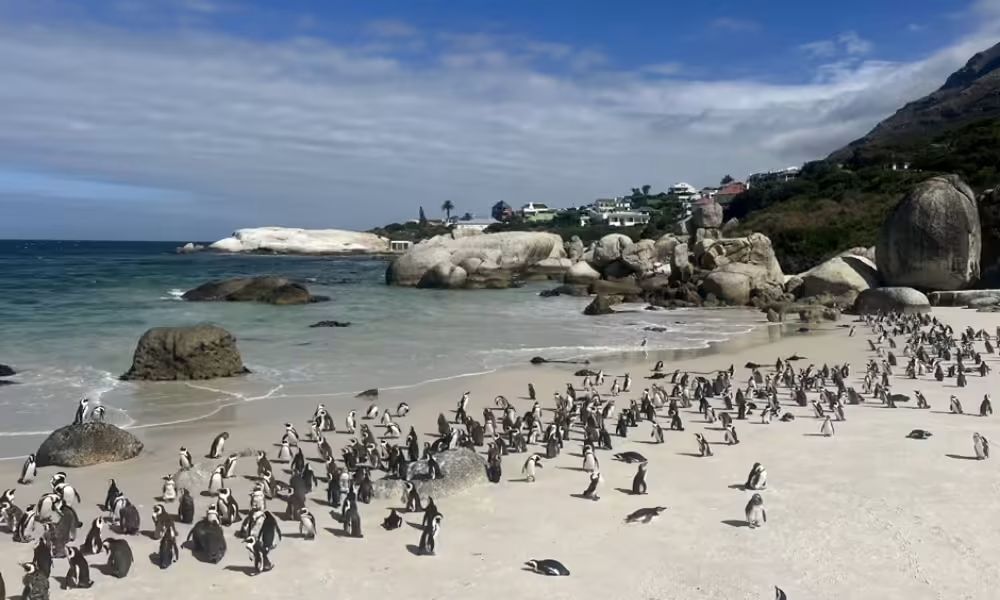

The V&A Waterfront (Dock Rd, Victoria & Alfred Waterfront, Cape Town, 8001) is a delightful destination, offering a typical array of shops and eateries, coupled with a fantastic view of Table Mountain. It also boasts a well-equipped prayer area, a common and welcome sight in most South African shopping centres. We enjoyed a ride on the Cape Wheel, and while it’s not the London Eye, it provided a beautiful sunset view. This is also the point of entry for ferries to Robben Island
Cape Town is a paradise for halal food lovers. It’s often said that Muslims have significant control over the poultry and meat industry in South Africa, and the vast majority of it is halal, even if not explicitly advertised. It’s always worth asking! We had a unique dinner experience at The Atlantic Express Restaurant (1B Adderley St, Foreshore, Cape Town, 8001), a converted train carriage – a bit snug, but a memorable experience.

The next day’s plan was to ascend Table Mountain via the Cable Car (Table Mountain Aerial Cableway, Tafelberg Rd, Gardens, Cape Town, 8001). In my youth, I climbed it in a few hours, but that wasn’t an option this time. Booking tickets online in advance is highly recommended, though the ascent is weather dependent. A crucial tip: Cape Town is very windy, even in summer, so always carry a windbreaker jacket or similar.
Unfortunately, our cable car ascent was cancelled due to strong winds, and our tickets refunded. Instead, we opted for a more active alternative: climbing Signal Hill (Signal Hill, Cape Town, 8001). It’s a pleasant walk, not too challenging, and offers a brilliant sunset view. If walking isn’t preferred or possible, you can also drive up, which brings me back to my earlier point about a more powerful car – South Africa’s landscape is full of inclines, and an engine with some torque is a definite advantage!

By Halaltravelpal | The place where Chitral’s heritage meets mindful travel A hidden gem in northern Pakistan, Villa Ayun combines
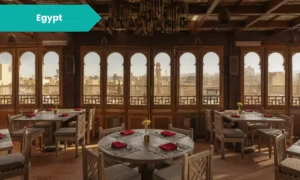
Where to Eat Like a Local in Cairo, From Street Carts to Hidden Gems Lana Abdelaziz Cairo is a city

South Africa Part 2: The Garden Route An unforgettable Halal Family Adventure By Naumaan Qamar Part 2: A Guide to
[…] Cape Town, South Africa, is an exciting and diverse destination, rich in natural beauty, culture, and history. It is known for its iconic landmarks such as Table Mountain, stunning beaches, and vibrant city life. For Muslim travelers looking to enjoy a halal-friendly family vacation, Cape Town offers a blend of exciting activities, cultural experiences, and a range of halal food options. In this article, we’ll guide you through the best planning tips for a halal family trip to Cape Town, ensuring a memorable and fulfilling experience for everyone. […]